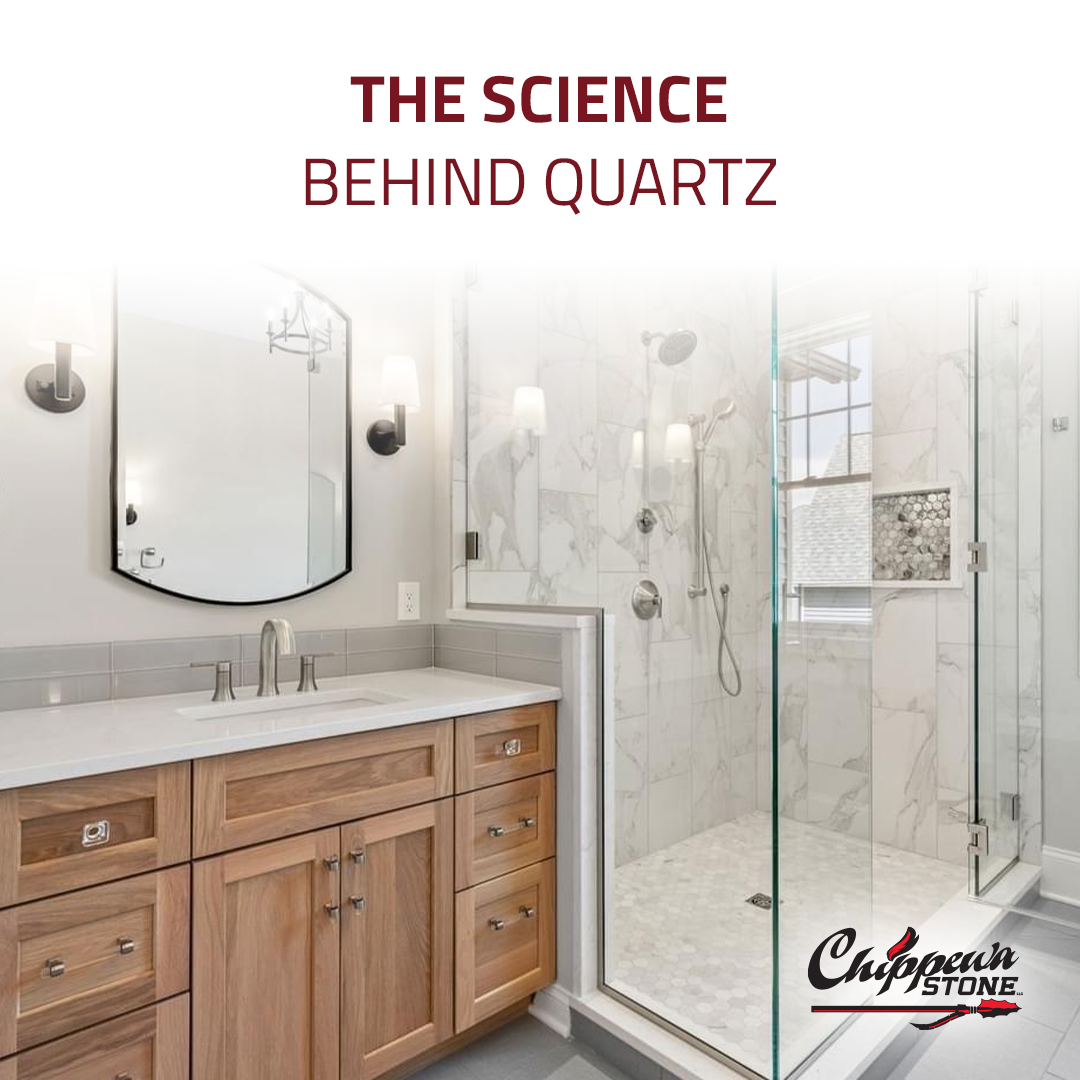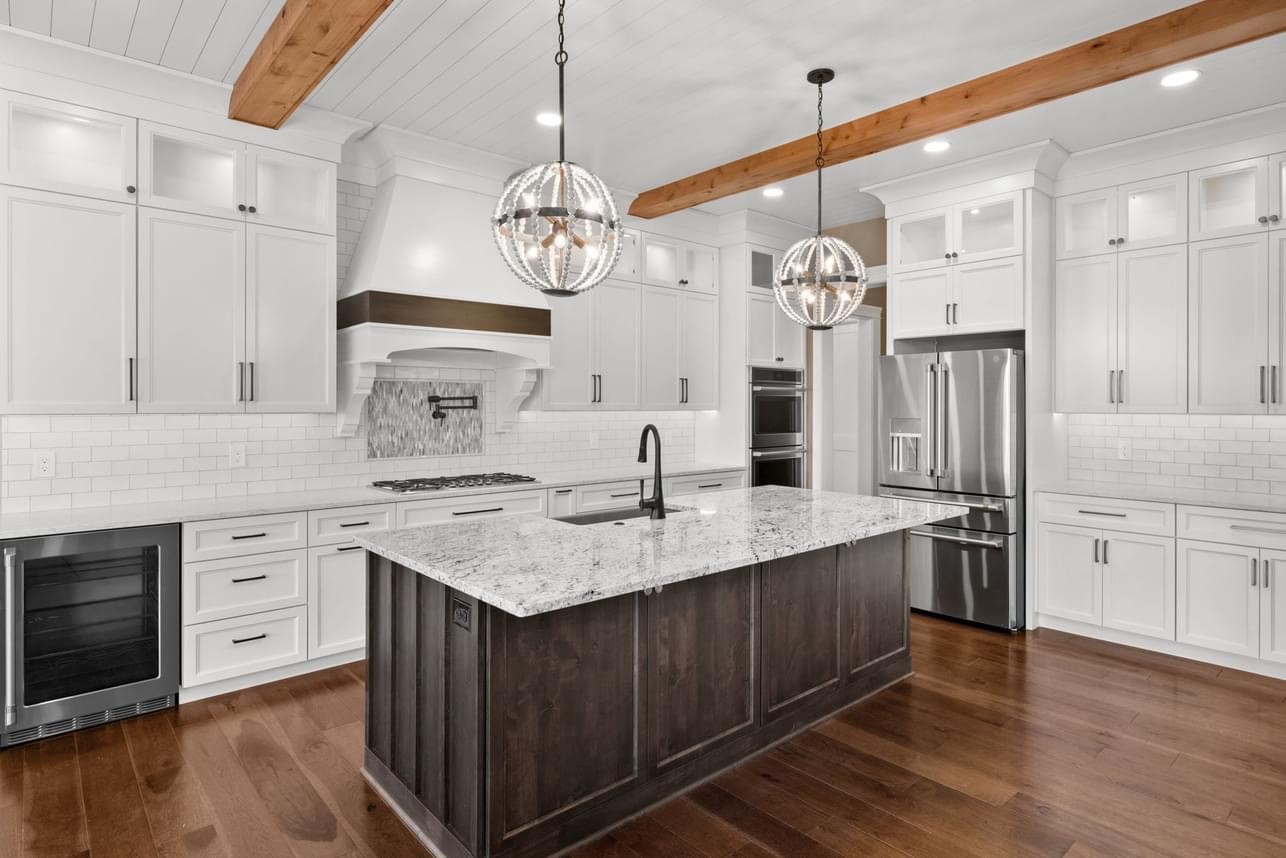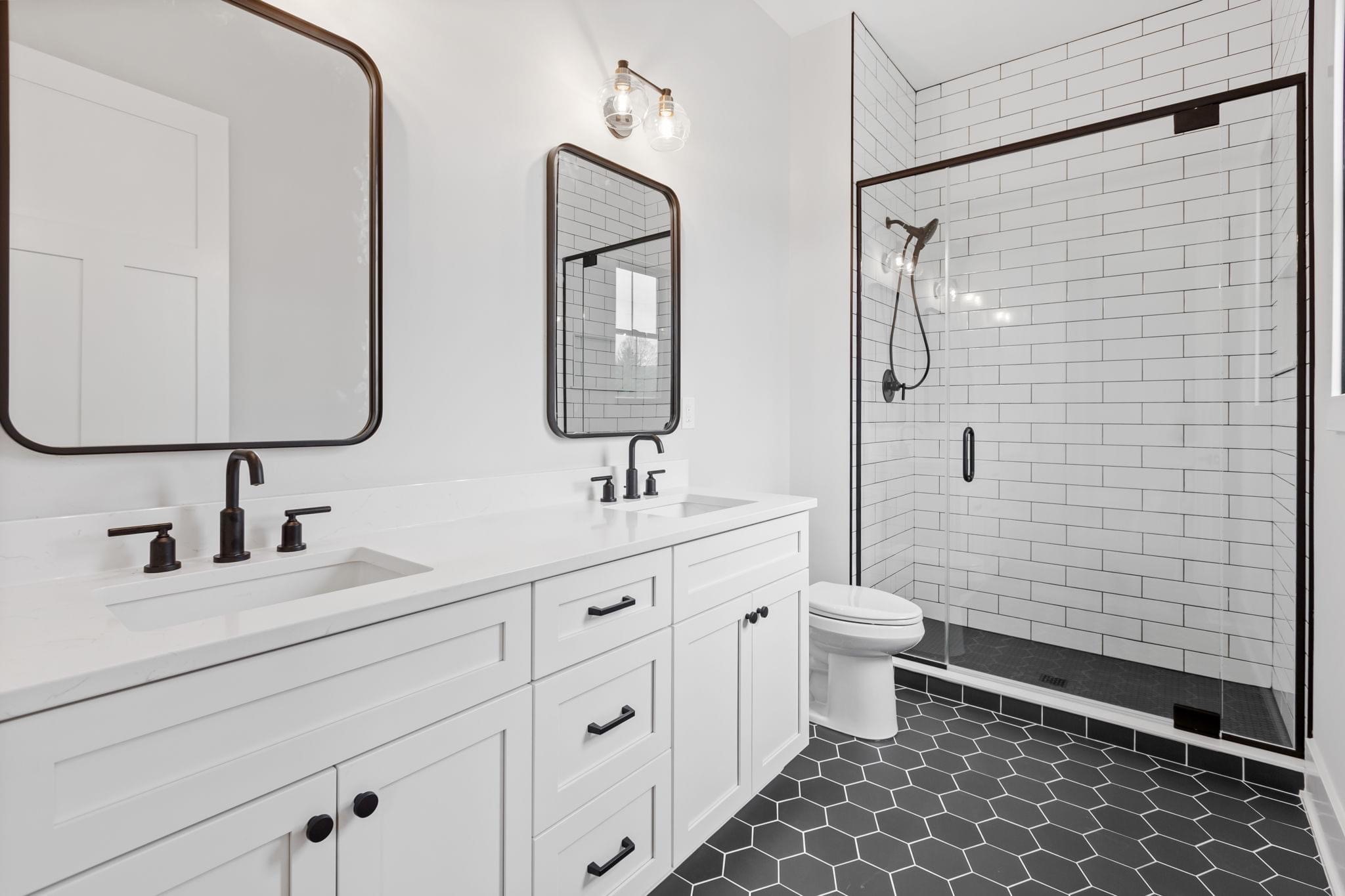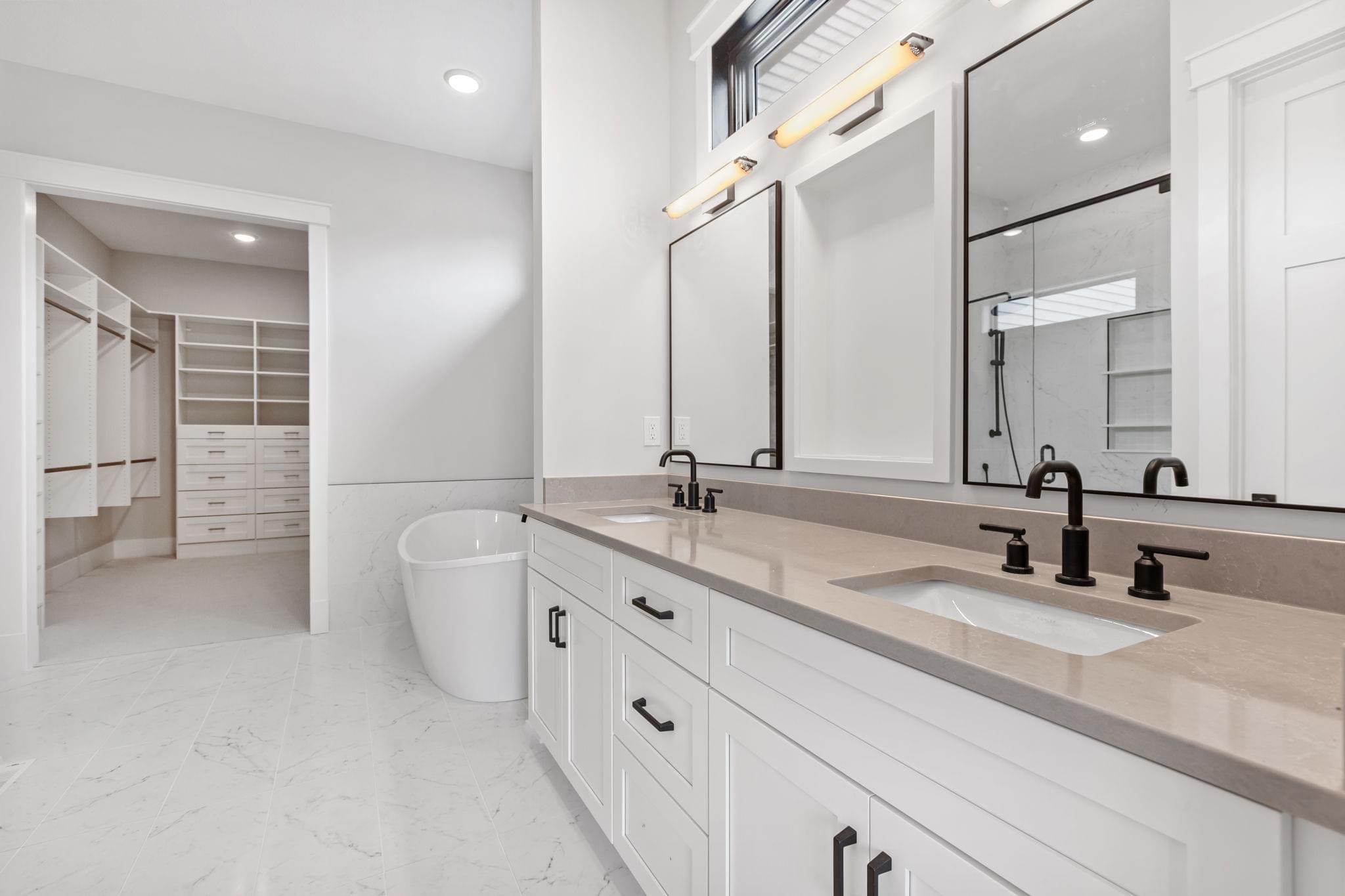Quartz has become a top contender in the world of countertops and interior surfaces, renowned for its beauty, durability, and versatility. But what makes quartz so popular, and why is it such a sought-after material for homeowners and designers alike? To truly appreciate the benefits of quartz, it’s essential to understand the science behind it. This blog delves into the formation, composition, properties, and uses of quartz, and explores why it continues to be a favorite choice in kitchens, bathrooms, and other areas of the home.
What is Quartz?
Quartz is one of the most abundant minerals on Earth, comprising about 12% of the Earth’s crust. It is classified as a silicate mineral, meaning it contains silicon and oxygen. Quartz can be found in a variety of geological environments, including sedimentary, metamorphic, and igneous rocks, making it a versatile and widely available material.
One of the fascinating aspects of quartz is its crystalline structure. It forms hexagonal crystals, which can appear in a range of colors, from clear and transparent to pink, purple, yellow, and black, depending on the trace elements present during its formation. The most common type of quartz used for surfaces and countertops is engineered quartz, which combines natural quartz crystals with resins and pigments to create a durable and visually appealing product.
How is Quartz Formed?
Quartz forms naturally deep within the Earth’s crust under high pressure and temperature conditions. This natural process occurs when silica-rich solutions penetrate cracks in the Earth’s surface and slowly crystallize over time. Quartz is often found in veins running through rocks like granite and marble, and its formation can take thousands or even millions of years.
For use in countertops and other surfaces, quartz is typically mined from the Earth, crushed into smaller pieces, and combined with resins and pigments to create an engineered stone. This process allows manufacturers to control the appearance and properties of the final product, making quartz a highly customizable material.
Engineered Quartz: The Perfect Blend of Science and Design
When we talk about quartz surfaces like countertops, we’re usually referring to engineered quartz. Unlike natural stone slabs like granite or marble, engineered quartz is a man-made product, created by combining crushed quartz crystals (usually about 90-95%) with resins and pigments (5-10%). This mixture is then compressed and heated to form a solid, non-porous surface.
The science behind engineered quartz lies in its composition and manufacturing process. By using resins to bind the quartz crystals, manufacturers can create a product that is harder, more durable, and more resistant to stains and scratches than many natural stones. The added pigments allow for a wide range of colors and patterns, giving homeowners and designers more options when selecting quartz for their spaces.
Properties of Quartz
Quartz surfaces possess a variety of properties that make them an excellent choice for countertops, backsplashes, and other high-use areas in the home.
1. Hardness and Durability
Quartz is known for its incredible hardness, which makes it resistant to scratches, dents, and chips. On the Mohs scale of mineral hardness, quartz ranks at a 7 out of 10, making it one of the hardest minerals commonly used in interior design. This hardness allows quartz surfaces to withstand heavy use, making them ideal for kitchen countertops where knives, pots, and other sharp objects are regularly in contact with the surface.
2. Non-Porous Nature
Unlike natural stones like granite and marble, quartz is non-porous, meaning it doesn’t have tiny pores or holes that can absorb liquids. This makes quartz surfaces highly resistant to stains and bacterial growth, a key reason why quartz is a popular choice for kitchens and bathrooms. Its non-porous nature also eliminates the need for regular sealing, which is required for natural stone surfaces to prevent moisture absorption.
3. Heat Resistance
While quartz surfaces are highly resistant to heat, they are not entirely heatproof. The resins used in engineered quartz can melt or become damaged when exposed to extremely high temperatures, such as placing a hot pan directly on the surface. That said, quartz can still handle typical kitchen activities, and using trivets or heat pads is recommended to protect the surface from direct contact with hot cookware.
4. Consistency in Appearance
One of the major advantages of engineered quartz is the consistency in color and pattern. Unlike natural stone, which can vary widely in appearance depending on where it was quarried, engineered quartz is produced in controlled conditions, allowing for uniform patterns and colors. This is particularly appealing to homeowners who want a sleek, modern look or those who prefer consistency across large surface areas.
5. Low Maintenance
Quartz surfaces are incredibly low maintenance compared to natural stone countertops. Because quartz is non-porous, it doesn’t require sealing, and it is easy to clean with just soap and water. This makes it a practical choice for busy households that want the elegance of stone without the upkeep.
The Benefits of Quartz in Interior Design
Given the impressive scientific properties of quartz, it’s no wonder it has become a top choice for interior designers and homeowners alike. Here are some of the key benefits of using quartz in your home:
1. Aesthetics
Quartz surfaces come in a wide range of colors, patterns, and finishes, from sleek, modern designs to patterns that mimic the look of natural stone like marble or granite. This versatility allows quartz to fit into a variety of design aesthetics, whether you’re going for a minimalist, contemporary kitchen or a luxurious, spa-like bathroom.
2. Durability
As one of the hardest minerals on Earth, quartz is a durable option for high-use areas like kitchens and bathrooms. Its resistance to scratches, chips, and stains makes it a long-lasting choice for surfaces that are exposed to daily wear and tear.
3. Hygiene
The non-porous nature of quartz makes it a hygienic option for kitchen countertops, where food preparation is a daily activity. Bacteria and mold cannot penetrate the surface, and quartz is easy to clean, making it an excellent choice for those who prioritize cleanliness in their homes.
The Environmental Impact of Quartz
While quartz is a natural material, engineered quartz surfaces are a man-made product, and their environmental impact depends on various factors. Some quartz manufacturers prioritize sustainability by using recycled materials in their products and minimizing waste during production. Additionally, because quartz surfaces are durable and long-lasting, they can reduce the need for replacements, contributing to a lower environmental footprint over time.
However, the production process for engineered quartz does involve the use of resins, which are derived from petroleum-based products. For environmentally conscious consumers, it’s important to research manufacturers that are transparent about their sourcing and production practices and those that offer eco-friendly options.
Quartz vs. Other Stone Surfaces
How does quartz compare to other popular stone surfaces like granite, marble, and quartzite? Here’s a quick breakdown:
1. Quartz vs. Granite
Granite is a natural stone, known for its unique patterns and extreme durability. However, unlike quartz, granite is porous and requires regular sealing to prevent stains and bacteria buildup. Quartz offers a more consistent appearance, whereas granite slabs are one-of-a-kind due to their natural formation.
2. Quartz vs. Marble
Marble is prized for its luxurious, elegant appearance, but it is a softer and more porous material than quartz, making it susceptible to scratches, stains, and etching. While quartz can mimic the look of marble, it offers superior durability and ease of maintenance.
3. Quartz vs. Quartzite
Though their names are similar, quartzite is a natural stone that forms from sandstone under intense heat and pressure. Quartzite is harder than quartz and more heat-resistant, but like granite, it requires sealing to prevent staining. Quartz is non-porous and offers more color consistency, while quartzite’s natural veining provides a unique, organic look.
Why Choose Quartz?
Quartz offers the perfect balance of beauty, durability, and practicality, making it one of the most popular choices for countertops and other surfaces in the home. Its non-porous nature, resistance to scratches and stains, and low-maintenance qualities make it a favorite for busy kitchens and bathrooms, while its wide range of colors and patterns allows for endless design possibilities.
At Chippewa Stone, we specialize in providing premium quartz surfaces for all your design needs. Whether you’re looking to transform your kitchen, bathroom, or any other space, we offer a stunning selection of quartz options to fit any style. Contact us today to schedule a consultation and explore how quartz can enhance your home.








